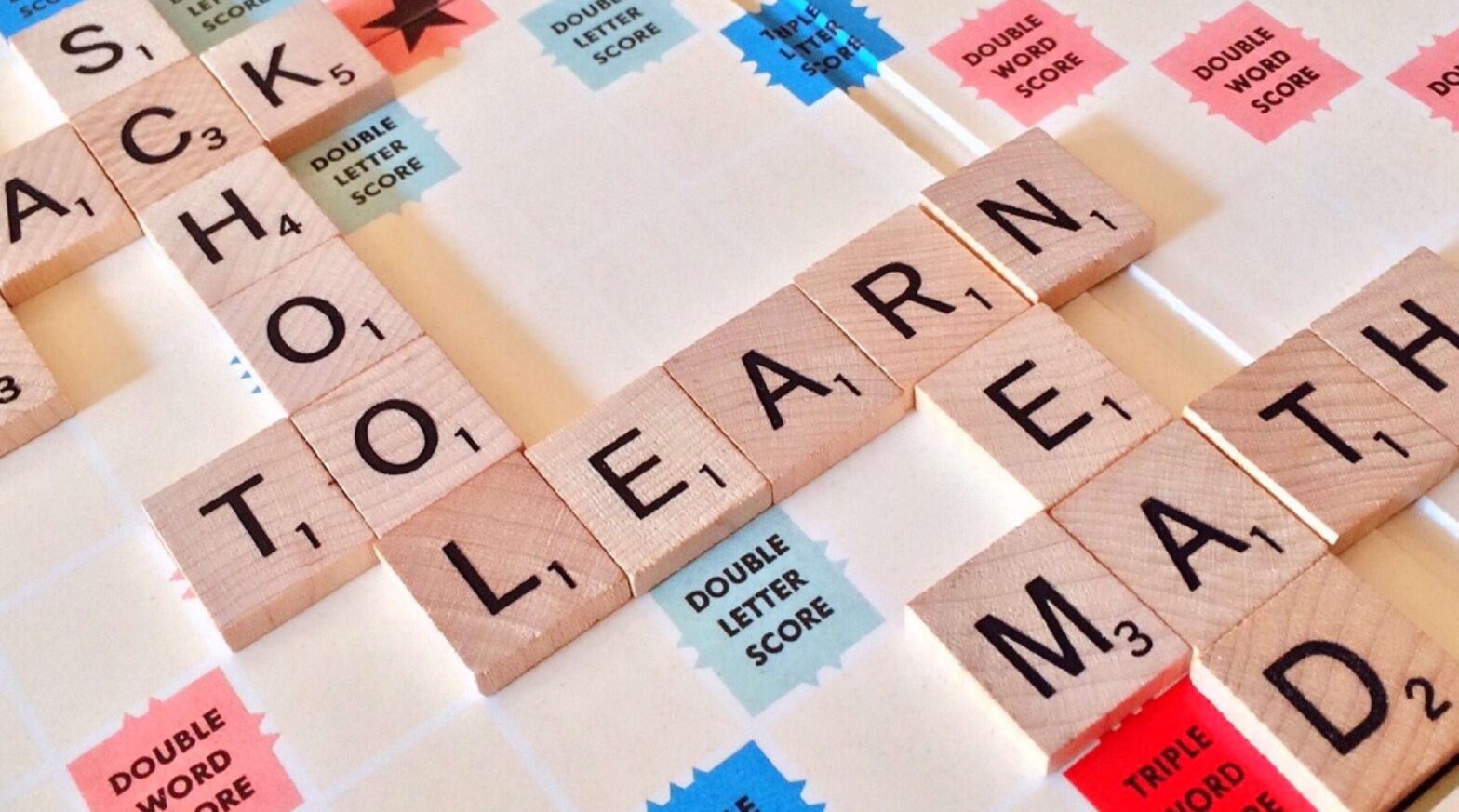Unravelling the Challenge: The Squareword Puzzle Game
In a world filled with fast-paced digital entertainment, there’s something inherently satisfying about settling down with a pen and paper to tackle a good old-fashioned puzzle. Among the plethora of brain-teasers that exist, the Squareword puzzle game stands as a timeless classic. This unique word game offers a delightful blend of strategy, vocabulary, and logic, making it a favourite among puzzle enthusiasts of all ages. In this blog, we’ll delve into the intriguing world of Squareword puzzles, exploring their origins, rules, and why they continue to captivate minds around the globe.
A Brief History of Squareword Puzzles
Squareword puzzles, also known as Crossword Squares, are a variation of crossword puzzles. They originated in the United States in the early 20th century and quickly gained popularity as a fun and intellectually stimulating pastime. The first-ever Squareword puzzle is believed to have been created by Arthur Wynne and appeared in the New York World newspaper on December 21, 1913. Little did Wynne know that his creation would become a beloved tradition for generations to come.
The Rules of Squareword Puzzles
Squareword puzzles consist of a grid, typically square in shape, with black and white squares. Unlike traditional crossword puzzles, these puzzles do not provide clues for the words to be filled in. Instead, they present a list of words on the side or bottom of the grid. The challenge lies in fitting these words into the grid in such a way that they intersect and create a coherent, crossword-like pattern.
Here are the Basic Rules of Squareword Puzzles:
- Grid Layout: The grid consists of white and black squares. The white squares are where you fill in words, while the black squares separate words and create intersections.
- Word List: A list of words is provided, along with the number of letters in each word. These words need to be placed in the grid.
- Word Intersections: Words intersect at certain squares within the grid. These intersections should form valid words both horizontally and vertically.
- No Repeated Words: Each word in the list can only be used once, and the grid should be filled entirely without leaving any unused letters.
- No Two-letter Words: Typically, Squareword puzzles do not allow two-letter words.
- Logical Deduction: Solvers must use logic and the process of elimination to determine the placement of words in the grid, ensuring that all intersections create valid words.
The Appeal of Squareword Puzzles
Squareword puzzles offer a unique form of mental exercise and entertainment for several reasons:
- Vocabulary Challenge: Filling in the grid requires a robust vocabulary and an understanding of word meanings. This aspect of the game not only tests your language skills but also helps expand your word knowledge.
- Logical Deduction: Solving these puzzles is akin to solving a logic puzzle. Players must analyse the grid, make informed choices, and employ deductive reasoning to find the correct word placements.
- Sense of Achievement: Completing a Squareword puzzle provides a deep sense of accomplishment. The satisfaction of fitting words into the grid and uncovering the hidden pattern is immensely gratifying.
- Relaxation and Focus: Engaging with these puzzles can be a calming and meditative experience. It encourages individuals to take a break from digital screens and immerse themselves in a mental challenge that demands focus and concentration.
- Universal Appeal: These puzzles transcend age and cultural barriers. They can be enjoyed by people of all ages and backgrounds, making them a popular choice for family gatherings, classrooms, and leisurely afternoons.

Strategies for Solving Squareword Puzzles
Solving these puzzles can be both rewarding and addictive. To tackle these puzzles effectively, consider the following strategies:
- Start with the Longest Words: Begin by placing the longest words from the word list into the grid. These often have fewer possible placements and can serve as anchor points.
- Check Intersections: Look for intersections between words, as these provide clues about where other words can fit. If two words share a letter, they must intersect at that letter.
- Use Process of Elimination: If you’re uncertain about the placement of a word, use the process of elimination. Consider which letters from the word list could fit in a particular spot.
- Think Symmetrically: These puzzles are often symmetrical. If you’ve placed a word in one corner, look for a similar word that can go in the opposite corner.
- Stay Organized: Keep track of the words you’ve placed and the potential placements for other words. This helps avoid errors and ensures a coherent grid.
- Be Patient: Squareword puzzles can be challenging, and sometimes it takes time to find the right word placements. Stay patient and persistent.
Digital Squareword Puzzles
While these puzzles originated in print media, they have transitioned seamlessly into the digital age. Today, you can find Squareword puzzle apps and websites that offer an endless supply of puzzles for enthusiasts to solve on their electronic devices. Digital versions often provide hints and auto-correction features, making the puzzles accessible to newcomers while still offering a challenge to seasoned solvers.
Conclusion
Squareword puzzles, with their origins dating back over a century, continue to captivate puzzle enthusiasts around the world. These puzzles offer a unique blend of vocabulary, logic, and deductive reasoning, making them a mentally stimulating and satisfying pastime. Whether you’re filling in a print version with a pen or enjoying digital puzzles on your tablet, this puzzle game remains a timeless and enjoyable way to engage your mind and unwind in today’s fast-paced world. So, grab your grid and word list, and embark on the delightful challenge of Squareword puzzles!











